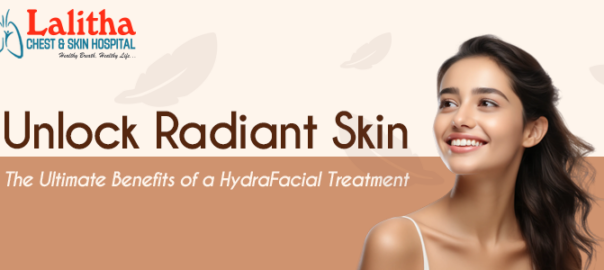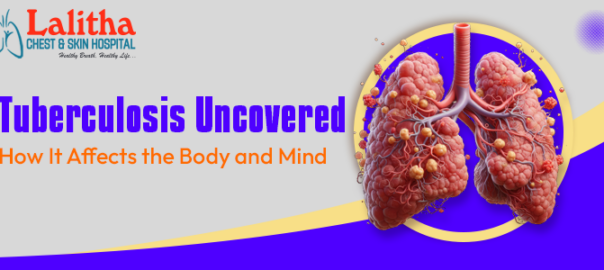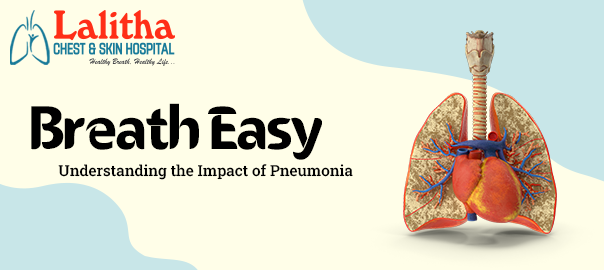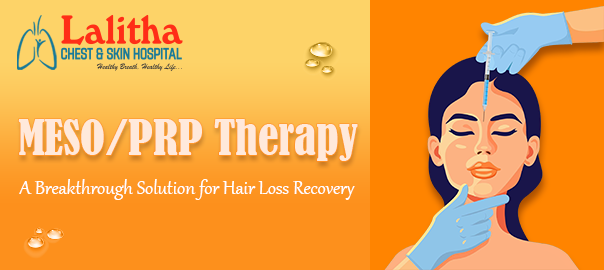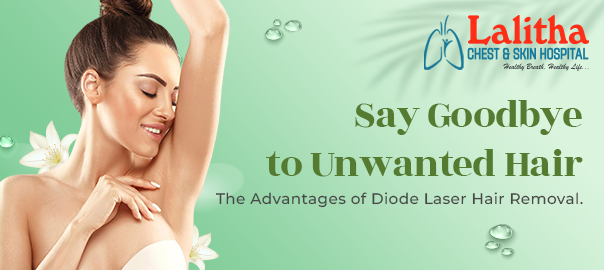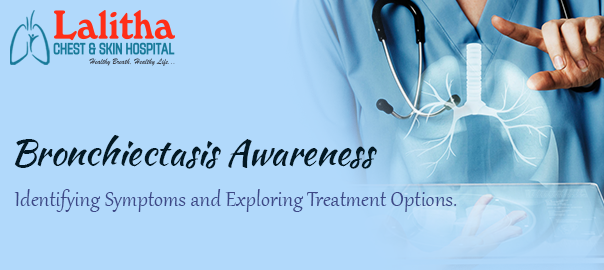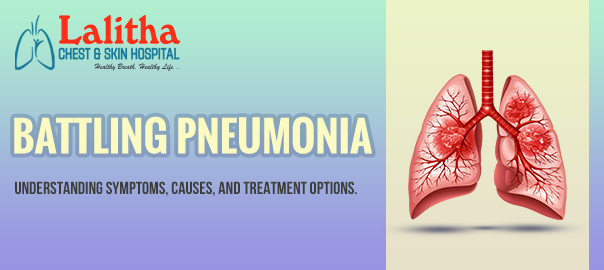Innovative skincare treatments have transformed the beauty industry, making flawless skin more attainable than ever. Among these advancements, HydraFacial stands out as a remarkable option. Combining deep cleansing, exfoliation, and hydration in a single, efficient process, it offers an excellent way to enhance skin health. If you’re searching for a treatment that provides immediate, glowing results, HydraFacial could be the perfect choice for you.
“The HydraFacial is an advanced, non-invasive treatment that rejuvenates and hydrates the skin in a multi-step process. This innovative facial combines cleansing, exfoliation, extraction, and hydration to leave your skin refreshed and glowing. Its gentle approach ensures visible results without irritation, making it perfect for all skin types” according to dermatologist Dr. B. Jyothi, a leading skin specialist at Lalitha Chest & Skin Hospital.
With her insights, let us first understand the benefits of HydraFacial treatment to fully know how it can help improve your skin health, sheen, and texture.
The Ultimate Benefits of a HydraFacial Treatment:
- Deep Cleansing and Detoxification:
HydraFacial begins with a gentle cleansing step that removes dirt, oil, and impurities from your skin. This step helps unclog pores and prepares your skin for deeper treatments, ensuring maximum absorption of active ingredients.
- Effective Exfoliation:
The treatment uses a gentle exfoliation process to remove dead skin cells, revealing a smoother, brighter complexion. This step is key for reducing dullness and enhancing your skin’s natural radiance.
- Pore Extraction Without Pain:
Traditional extractions can be uncomfortable, but HydraFacial utilizes a vacuum-like tool to remove black and whiteheads and other impurities. This method is gentle, painless, and highly effective, leaving your skin visibly cleaner.
- Hydration Boost:
One of HydraFacial’s standout features is its ability to infuse the skin with nourishing serums tailored to your specific needs. These serums contain hydrating ingredients like hyaluronic acid, antioxidants, and peptides that leave your skin plump and deeply moisturized.
- Customized for Every Skin Type:
Whether you have oily, dry, sensitive, or combination skin, HydraFacial can be customized to target your concerns. The treatment is versatile and adaptable, from acne and fine lines to hyperpigmentation and uneven texture.
- Instant and Long-Lasting Results:
Many skincare treatments require multiple sessions to show results, but HydraFacial offers immediate benefits. Post-treatment, your skin looks brighter, smoother, and youthful. With regular sessions, the results become even more profound.
- No Downtime:
Unlike more invasive procedures, HydraFacial requires no recovery time. You can return to your daily activities immediately after the treatment, making it a perfect choice for busy individuals.
- Improves Skin Tone and Texture:
HydraFacial minimizes the appearance of fine lines, wrinkles, and uneven skin tone. It also helps reduce the visibility of acne scars and age spots, giving your skin a flawless finish.
- Improves Skin Tone and Texture:
Healthy, radiant skin naturally boosts your confidence. With HydraFacial, you can achieve that coveted glow and feel good in your skin every day.
HydraFacial Treatment in Karimnagar
HydraFacial is an excellent choice for anyone looking to enhance their skincare routine. It’s suitable for all ages and skin types, and its gentle yet effective approach makes it ideal for addressing various skin concerns. However, always consult a skincare professional to ensure it meets your skin’s needs.
For accurate and effective treatment, it is essential to seek guidance from a reputable and specialized facility, often regarded as the best hospital for skin treatment, where experts provide personalized care tailored to your specific needs, ensuring optimal results and long-term skin health.
Additionally, scheduling a consultation with a dermatologist specializing in HydraFacial treatments is highly recommended to gain detailed information and ensure the best possible results.
If you search Google for “lady skin doctor near me” or “skin specialist doctor near me,” your search ends at our Lalitha, with our expert care and personalized skin treatment solutions.
Looking for the best HydraFacial treatments in Karimnagar? Dr. B. Jyothi is a trusted female dermatologist providing expert care at Lalitha Chest and Skin Hospital. For more information, visit our website: https://lalithachestandskinhospital.com/

